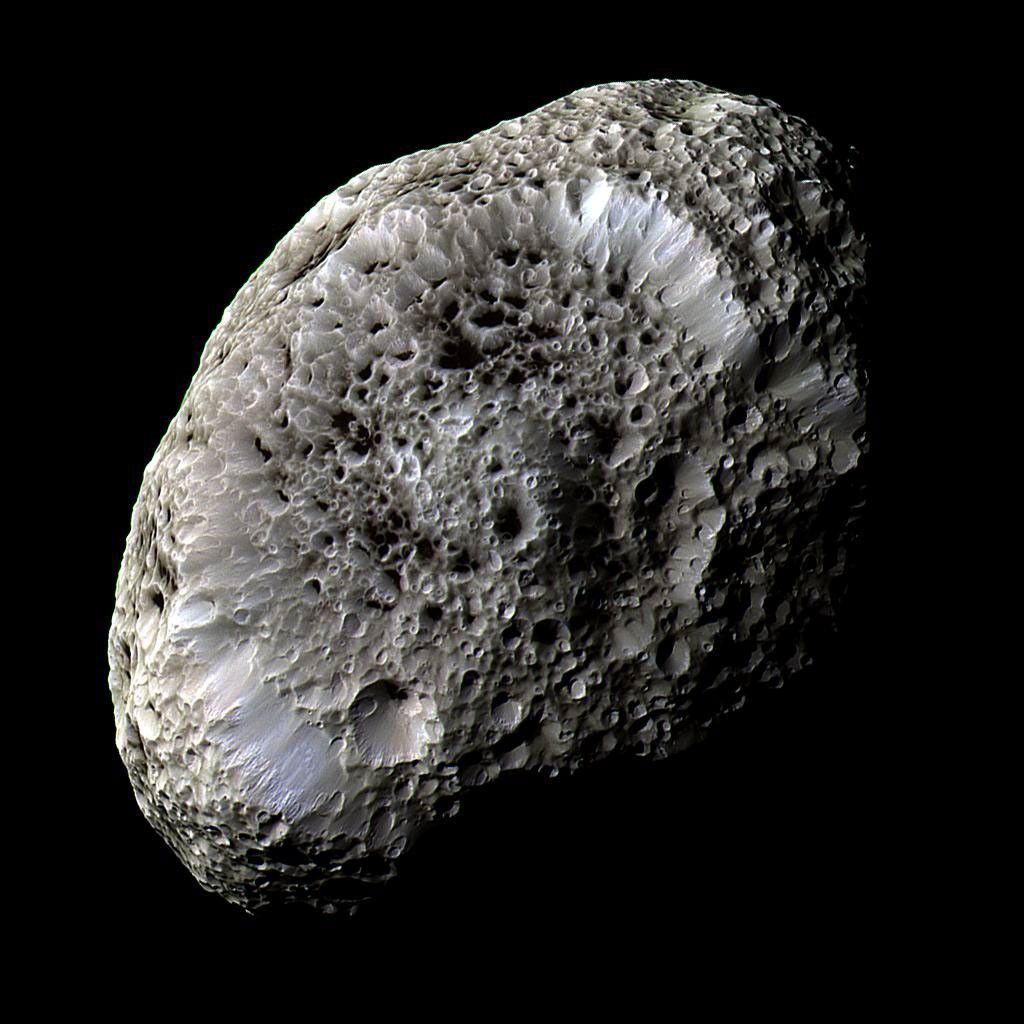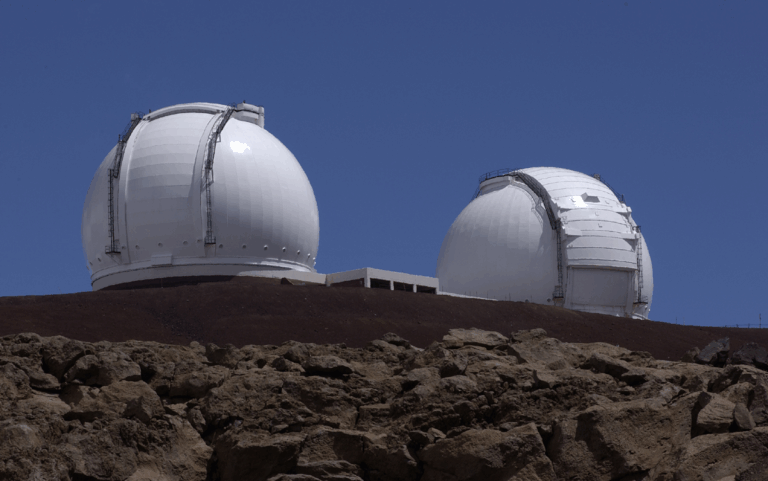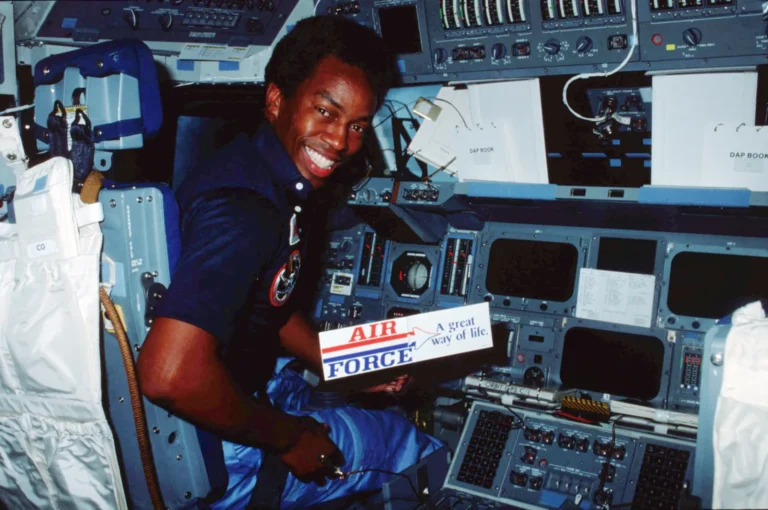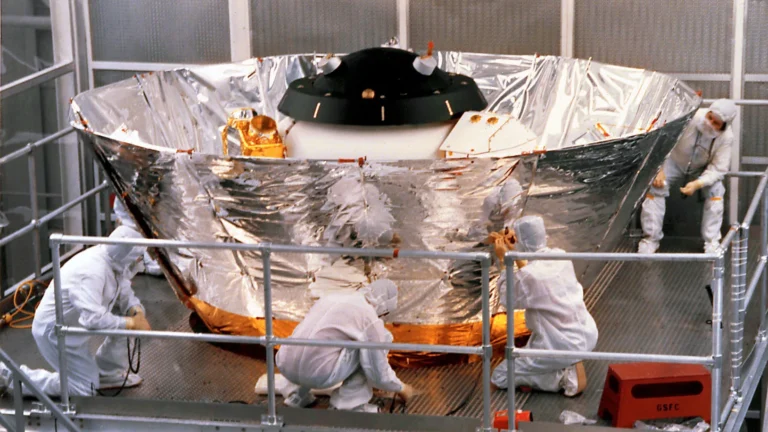
Key Takeaways:
- Hyperion, a moon of Saturn, exhibits an irregular, sponge-like morphology and chaotic rotation, distinguishing it as an unusual object within the solar system.
- The Cassini spacecraft executed its inaugural flyby of Hyperion on September 26, 2005, yielding both true- and false-color imagery of its distinctive surface features.
- During this flyby, Cassini detected a strong electrostatic charge on Hyperion's surface, representing the first such measurement on a celestial body other than Earth's Moon.
- The unexpected presence of this charge, manifested as a 200-volt electron stream, highlights potential environmental risks for future robotic and human missions exploring airless planetary objects.
Resembling a lumpy chunk of coral floating through space, Hyperion is one of the weirdest moons not just of Saturn, but in the whole solar system. Its shape is irregular, its rotation is chaotic, and it looks oddly spongelike. On Sept. 26, 2005, Cassini completed its first flyby of this bizarre moon, giving NASA both true- and false-color views of its surface. Cassini also measured a strong electrostatic charge on Hyperion’s surface, the first on any space object besides Earth’s Moon: A stream of electrons from Hyperion washed over Cassini, giving it the equivalent of a 200-volt shock from 1,200 miles (2,000 kilometers) away. The charge was unexpected, as Hyperion was thought to be inactive, and highlighted potential dangers for both robotic and human space explorers on future visits to airless planetary objects.









